Rich Hoyer reports from Bolivia
With a great group and nearly perfect weather from start to finish, the first of my two Bolivia tours couldn’t have gone much better.
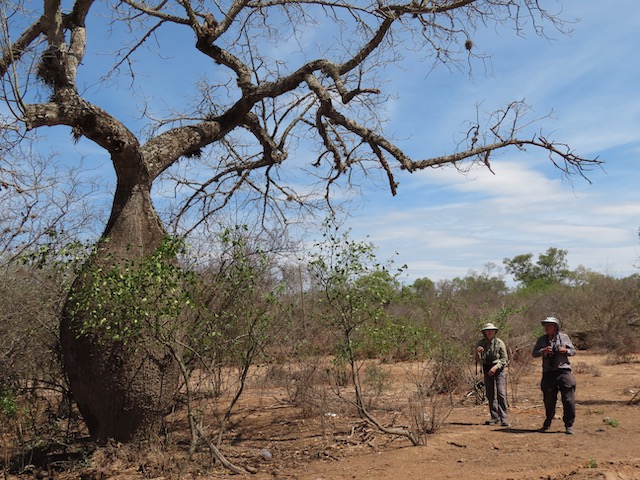
We first birded the Chaco, where the silk floss tree Ceiba chodatii defined the landscape and made our birding anywhere else in Bolivia feel so different.
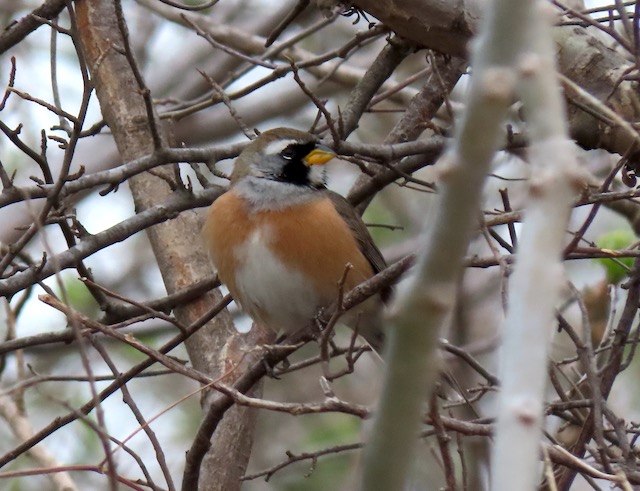
Here we found Black-legged Seriema, Crested Hornero, Lark-like Brushrunner, and Crested Gallito, among many others. Oddly, Many-colored Chaco-Finch was missing from the usual sites, but we were lucky to find this lovely species at the northern fringe of its winter range.
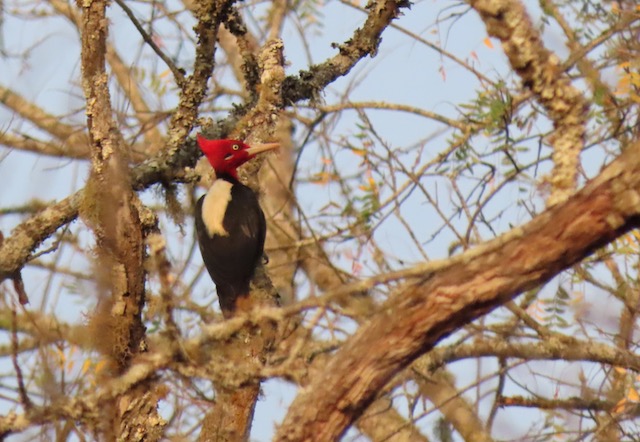
We birded the Chaco foothills, where a “flock” of eight Andean Condors entertained us, as did a pair of extraordinary Cream-backed Woodpeckers.
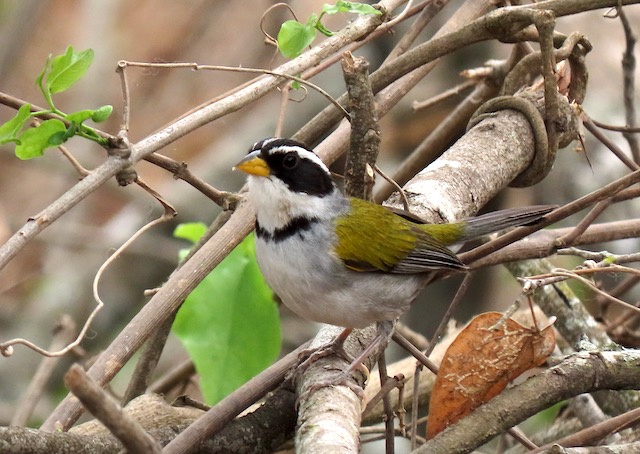
One of the group’s favorite birds from this area was Moss-backed Sparrow, recently split from the more easterly Saffron-billed Sparrow.
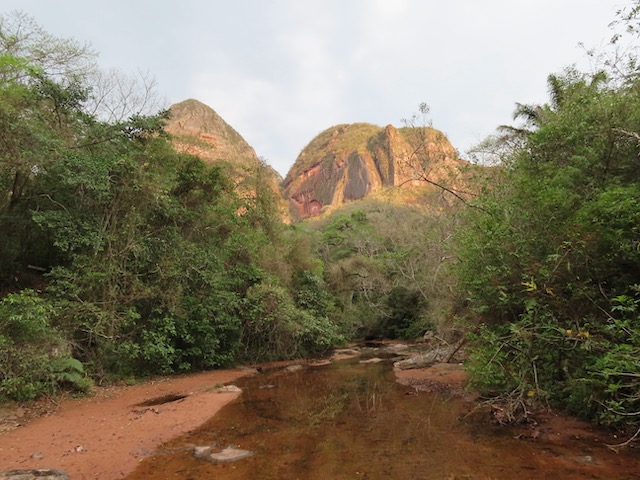
A stark departure from our usual routine was our stay at the otherworldly Refugio Los Volcanes, where birding began outside our rooms and the scenery was hard to fully comprehend.
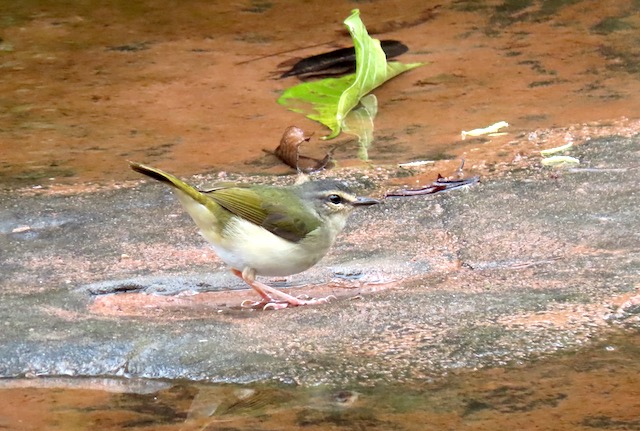
One of the more memorable birds from here was a pair of super tame Riverbank Warblers.
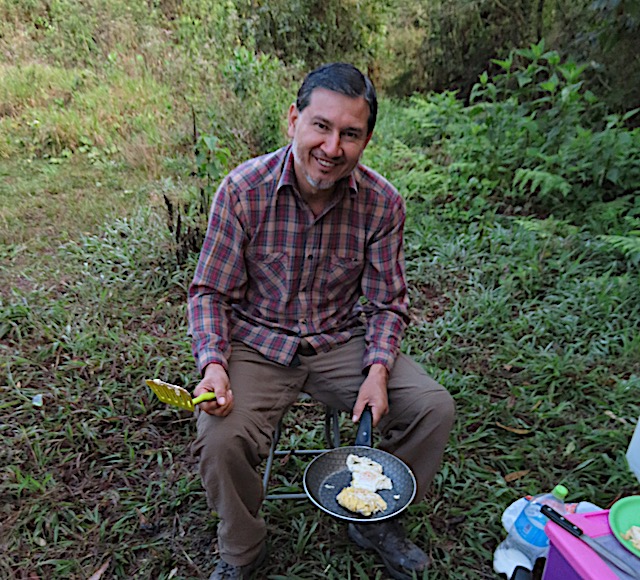
On the remaining part of the tour, the mornings usually first began with a drive to our birding destination, but it was always a toss-up whether the day’s primary anticipation lie with the exciting birds we might see or with the amazing breakfasts prepared by our friend and driver Herman and his wife Anita.
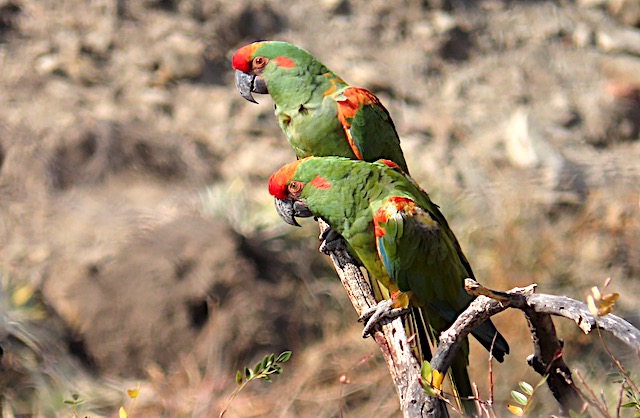
Bolivia’s “Valle Zone” harbors so many endemic species in every category, it’s hard to leave here with just two days of exploration. We were lucky to have such amazing views of the endemic Red-fronted Macaw on our morning in the Mizque River valley.
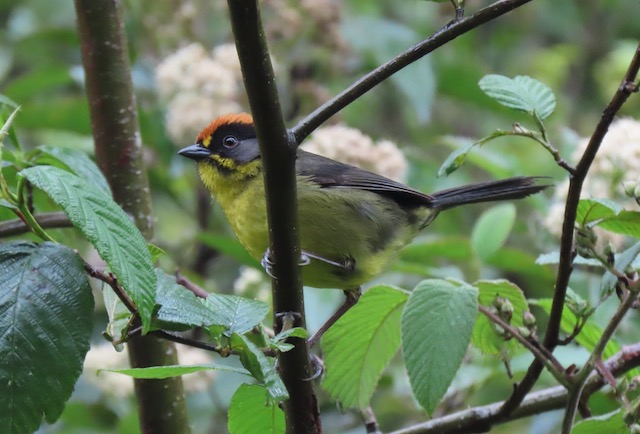
The cloud forests of Siberia were good to us too, with Rufous-faced Antpitta and Trilling Tapaculo showing well with very little effort, and nearby the endemic Bolivian Brushfinch was effortless.
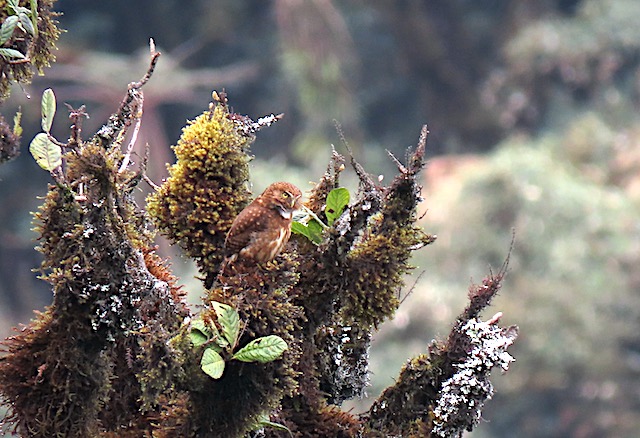
A Yungas Pygmy-Owl appeared in the same treeline cloud forest where we spotted Diademed Tapaculo, Black-chinned Thistletail, and White-browed Conebill.
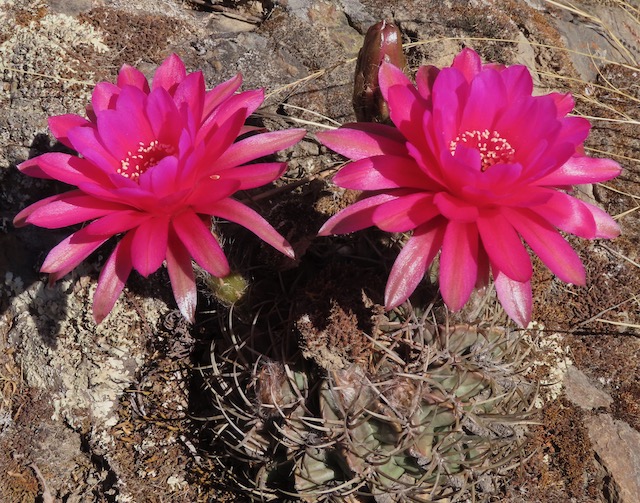
We completed the tour at Cerro Tunari with a concatenation of canasteros (five species in one area!), the very local Cochabamba Mountain-Finch, some fabulous blooming cacti...
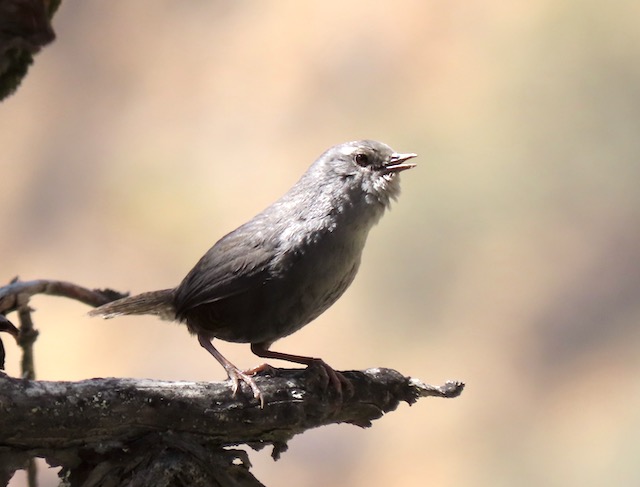
... a very bold Puna Tapaculo that hadn’t read the manual on correct Scytalopus behavior.
